Yoga practice for stability and ease in body and mind
5Not long ago I went for my annual physical with a new doctor. She asked me what I do for a living and when I said that I was a yoga teacher, she replied: “Nice! I should stretch more”. I cannot tell you how many times I heard that before. With all the fantastic benefits that yoga has to offer, stretching is the first thing that many people still associate with yoga. The curious thing is that if you read traditional yogic texts you will not find a single word about increasing one’s flexibility. Isn’t that interesting? For example, in Patanjali’s yoga sutras there are only few statements made about asana (yoga posture), but they are pretty profound ones.
Sutra 2.46 Sthira sukham asanam
A yoga posture must possess the qualities of stability and ease.
Sutra 2.47 Prayatna saithilya ananta samapattibhyam
You practice asana by applying appropriate effort and contemplating the Infinite.
And as a result
Sutra 2.48 Tatah dvanda anabhighata
Then you become undisturbed by life’s challenges.
This is a fundamentally different approach from trying to achieve the deepest form of a posture that is still very popular nowadays. Does the deepest form of the posture make you feel stable and at ease? How much and what kind of effort are you putting into it? What are you thinking while you are doing it? And what is your ultimate goal?
It all comes down to the same simple question – are you for yoga, or is yoga for you? Are you practicing yoga to be able to perform body contortions, or are you doing it to enhance every aspect of your life? Once you honestly answer that question for yourself, then you can begin to implement the ideas described in the sutras into your practice. And one way to do that is to chant the actual sutra while you practice. You can do it mentally or out loud and it will have the effect of both integrating the meaning of the sutra into your practice and focusing your attention. In the yoga practice below we mentally chant sutra 2.46 Sthira sukham asanam while breathing in difficult poses to encourage you to find stability and ease even in the middle of a challenge.
Join Sequence Wiz to customize this practice to your liking. Choose your poses, enter the instructions and you are done! See it in action >

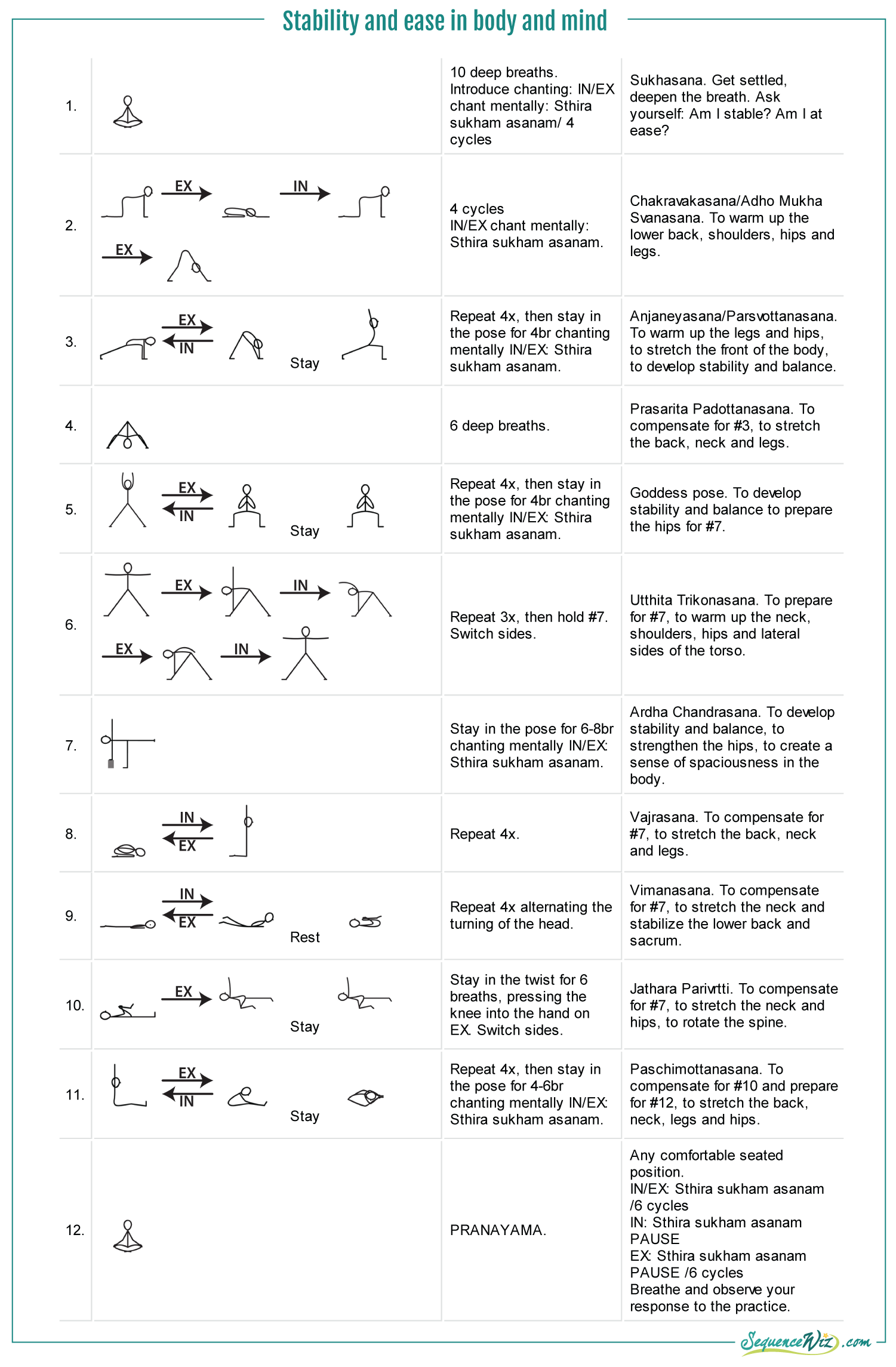

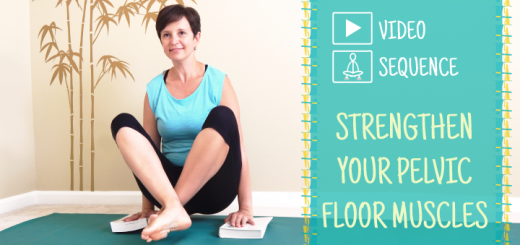
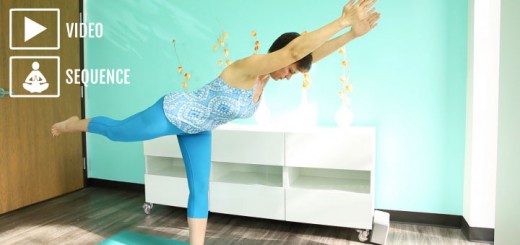
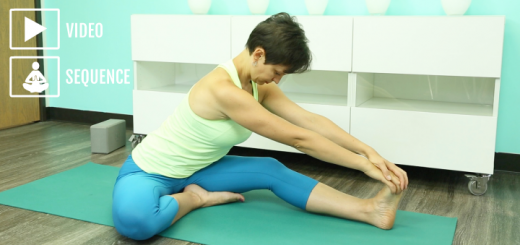
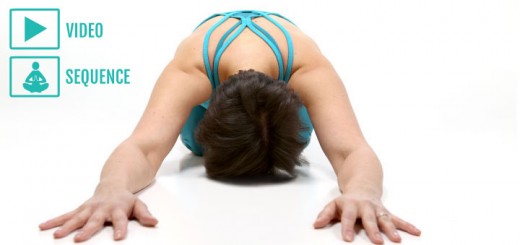















Thank you Olga for your continued presence on line. I find that the hardest aspect of teaching yoga has been ease. Your article keeps that proper thought out there and circulating.
Respectfully,
Georgeanna
Hi Georgeanna! Thank you for your comment. I couldn’t agree more – ease seems to be the biggest challenge for most of us 🙂
Very helpful teaching; I shared it with my kids. Thank you. Ease and stability that’s a good solid mantra Olga.
Maru
Thanks very much for creating and sharing this balance-focused sequence and for your continuing series of posts on balance in yoga – the most comprehensive and thoughtful I’ve seen anywhere.
Maintaining and improving balance is so important, especially for folks in their 50s, 60s, and beyond – a time when bones often get more brittle and the risk of falls increases.
This is a really great sequence Olga! Thank you for your clarity in explaining why we do sequences in a particular way.